Muhammad Ahtazaz Ahsan
A Bibliometric Analysis of the Surveys in Blockchain
Sep 20, 2021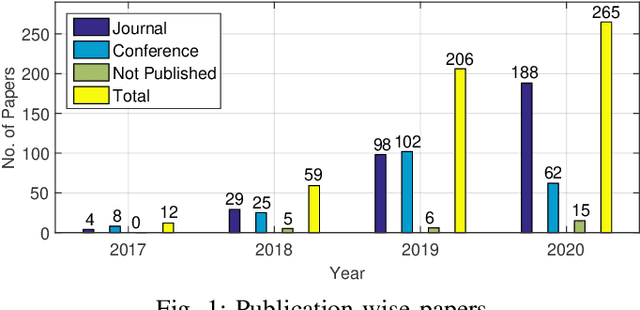
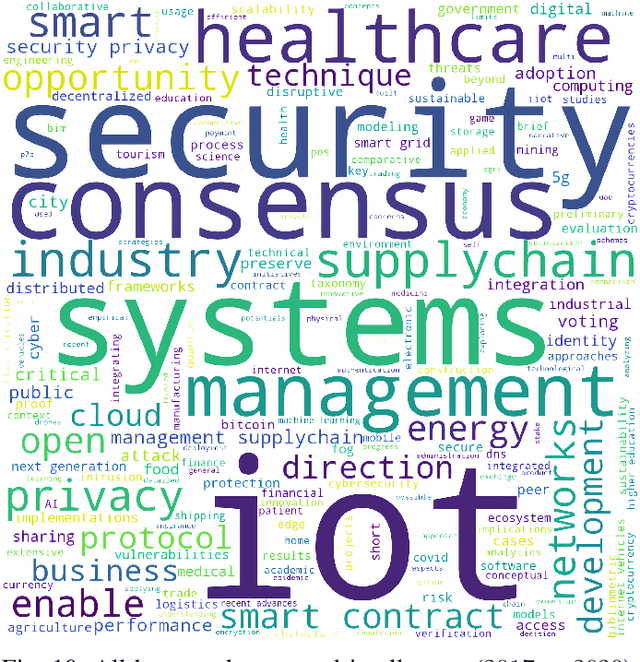
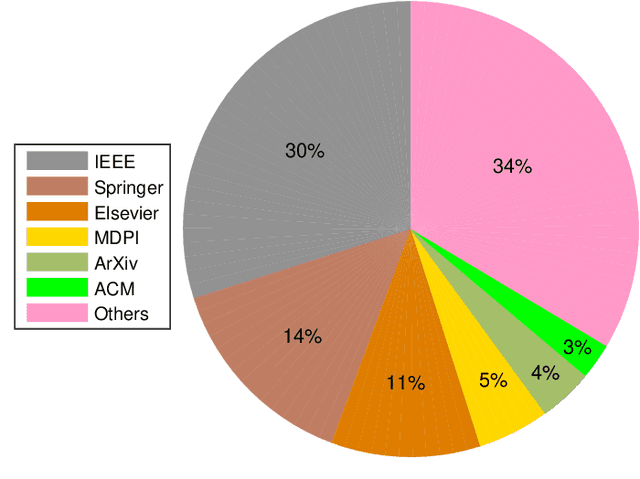
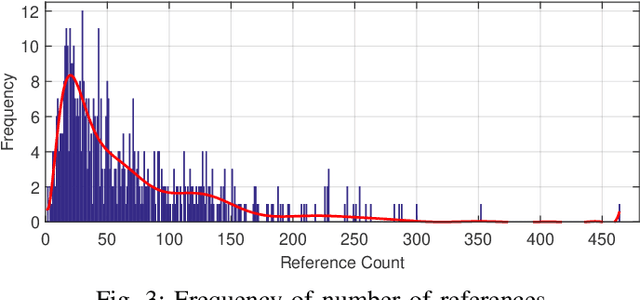
Abstract:Blockchain has become an emerging technology in the field of computer science and is used for asset security, anonymity, and verifiability, etc. Enormous use cases of blockchain, e.g., for making online payments, storing or sharing of private data in a tamper-proof way has attracted the research community in the past decade. In this regard, a lot of survey papers have been published focusing on the domain-specific exploratory study of applying blockchain in that particular domain. In this paper, we collected those survey papers published and collected $542$ unique papers covering the span of $2017$ to $2020$ published in different venues. We then perform a bibliometric study on those papers and provide interesting insights on different features extracted from that papers. We hope this study will serve as a valuable resource for the blockchain community.
Collaborative Federated Learning For Healthcare: Multi-Modal COVID-19 Diagnosis at the Edge
Jan 19, 2021



Abstract:Despite significant improvements over the last few years, cloud-based healthcare applications continue to suffer from poor adoption due to their limitations in meeting stringent security, privacy, and quality of service requirements (such as low latency). The edge computing trend, along with techniques for distributed machine learning such as federated learning, have gained popularity as a viable solution in such settings. In this paper, we leverage the capabilities of edge computing in medicine by analyzing and evaluating the potential of intelligent processing of clinical visual data at the edge allowing the remote healthcare centers, lacking advanced diagnostic facilities, to benefit from the multi-modal data securely. To this aim, we utilize the emerging concept of clustered federated learning (CFL) for an automatic diagnosis of COVID-19. Such an automated system can help reduce the burden on healthcare systems across the world that has been under a lot of stress since the COVID-19 pandemic emerged in late 2019. We evaluate the performance of the proposed framework under different experimental setups on two benchmark datasets. Promising results are obtained on both datasets resulting in comparable results against the central baseline where the specialized models (i.e., each on a specific type of COVID-19 imagery) are trained with central data, and improvements of 16\% and 11\% in overall F1-Scores have been achieved over the multi-modal model trained in the conventional Federated Learning setup on X-ray and Ultrasound datasets, respectively. We also discuss in detail the associated challenges, technologies, tools, and techniques available for deploying ML at the edge in such privacy and delay-sensitive applications.
An Active Learning Method for Diabetic Retinopathy Classification with Uncertainty Quantification
Dec 26, 2020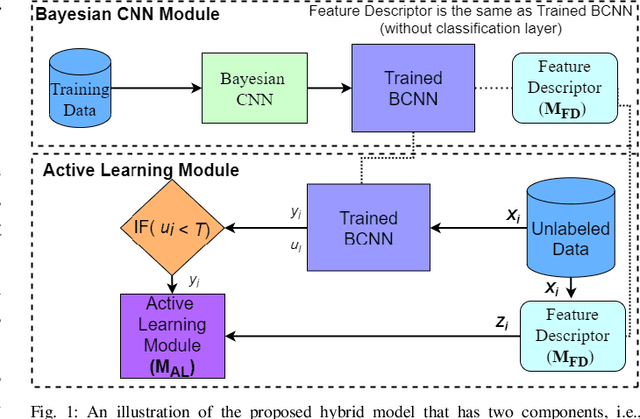
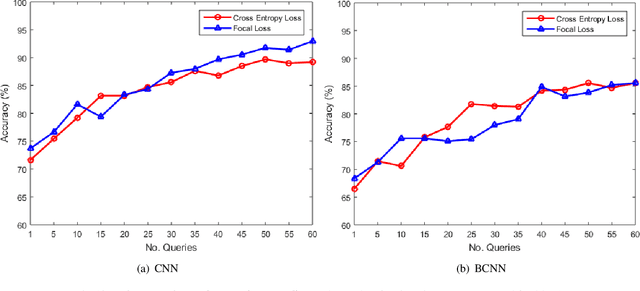
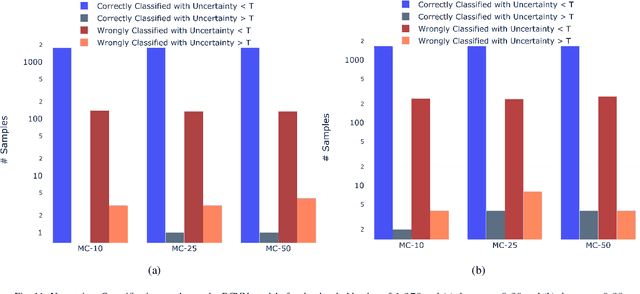
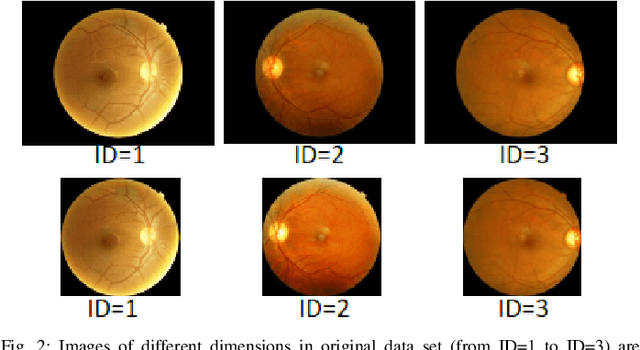
Abstract:In recent years, deep learning (DL) techniques have provided state-of-the-art performance on different medical imaging tasks. However, the availability of good quality annotated medical data is very challenging due to involved time constraints and the availability of expert annotators, e.g., radiologists. In addition, DL is data-hungry and their training requires extensive computational resources. Another problem with DL is their black-box nature and lack of transparency on its inner working which inhibits causal understanding and reasoning. In this paper, we jointly address these challenges by proposing a hybrid model, which uses a Bayesian convolutional neural network (BCNN) for uncertainty quantification, and an active learning approach for annotating the unlabelled data. The BCNN is used as a feature descriptor and these features are then used for training a model, in an active learning setting. We evaluate the proposed framework for diabetic retinopathy classification problem and have achieved state-of-the-art performance in terms of different metrics.
 Add to Chrome
Add to Chrome Add to Firefox
Add to Firefox Add to Edge
Add to Edge